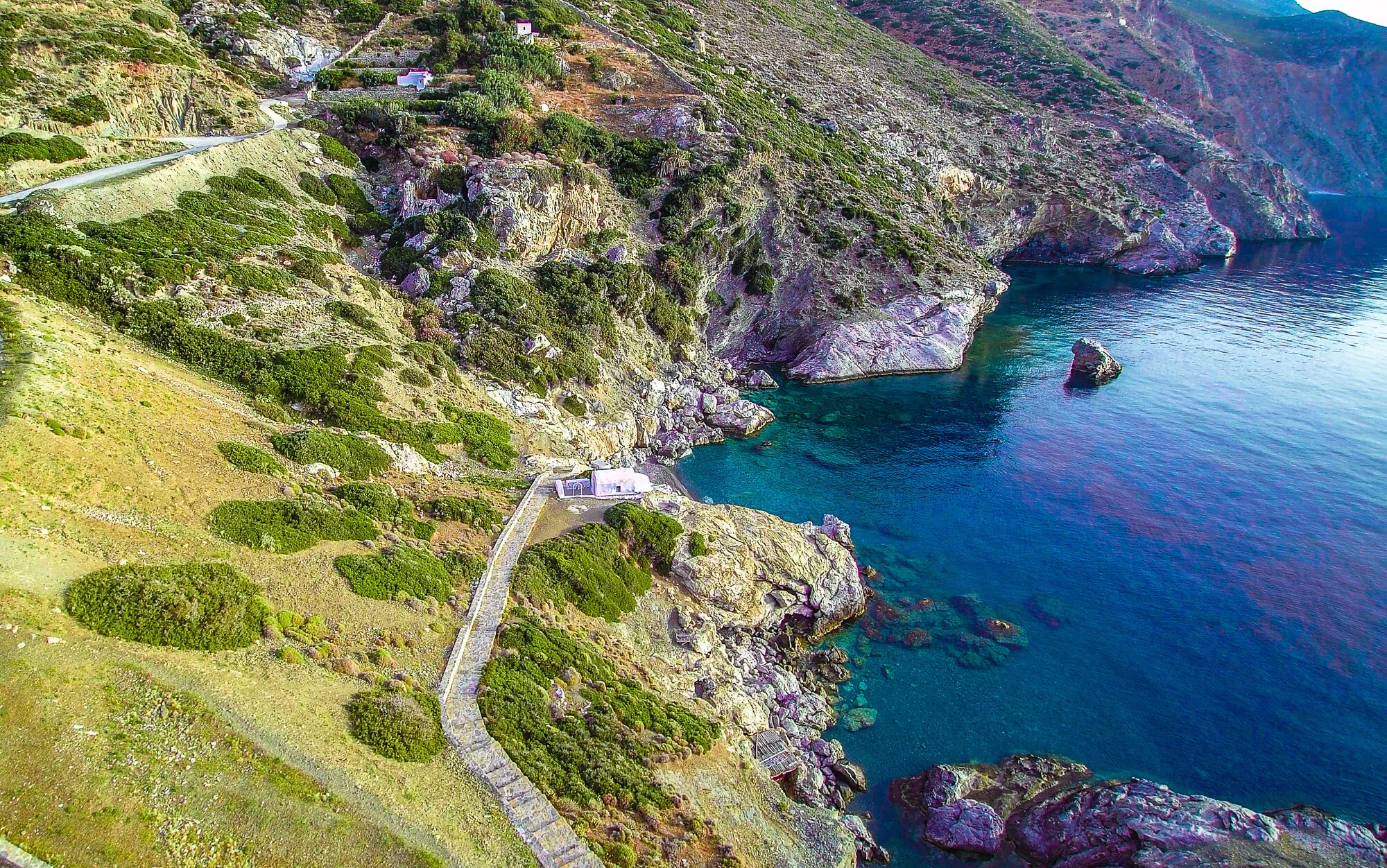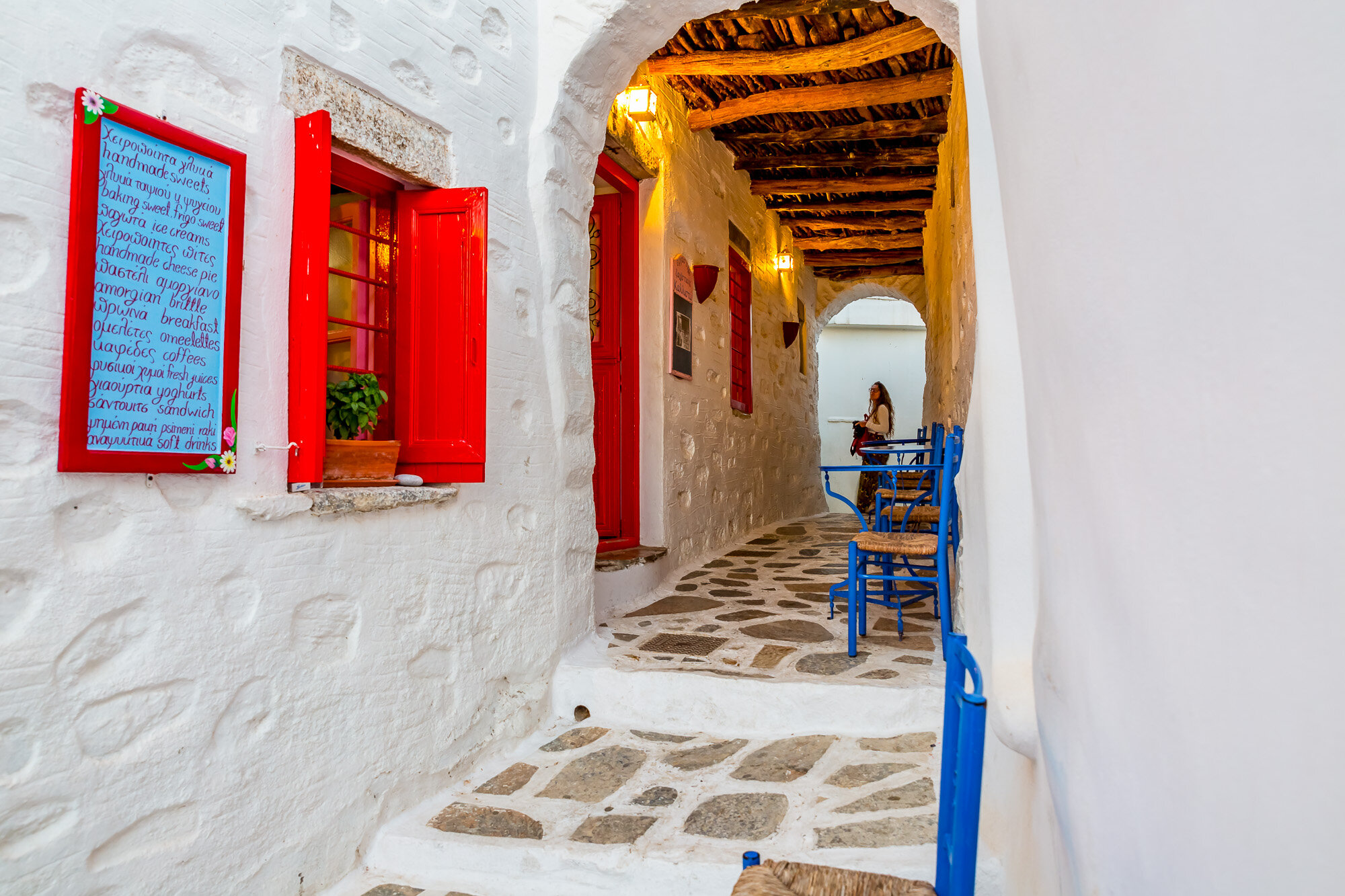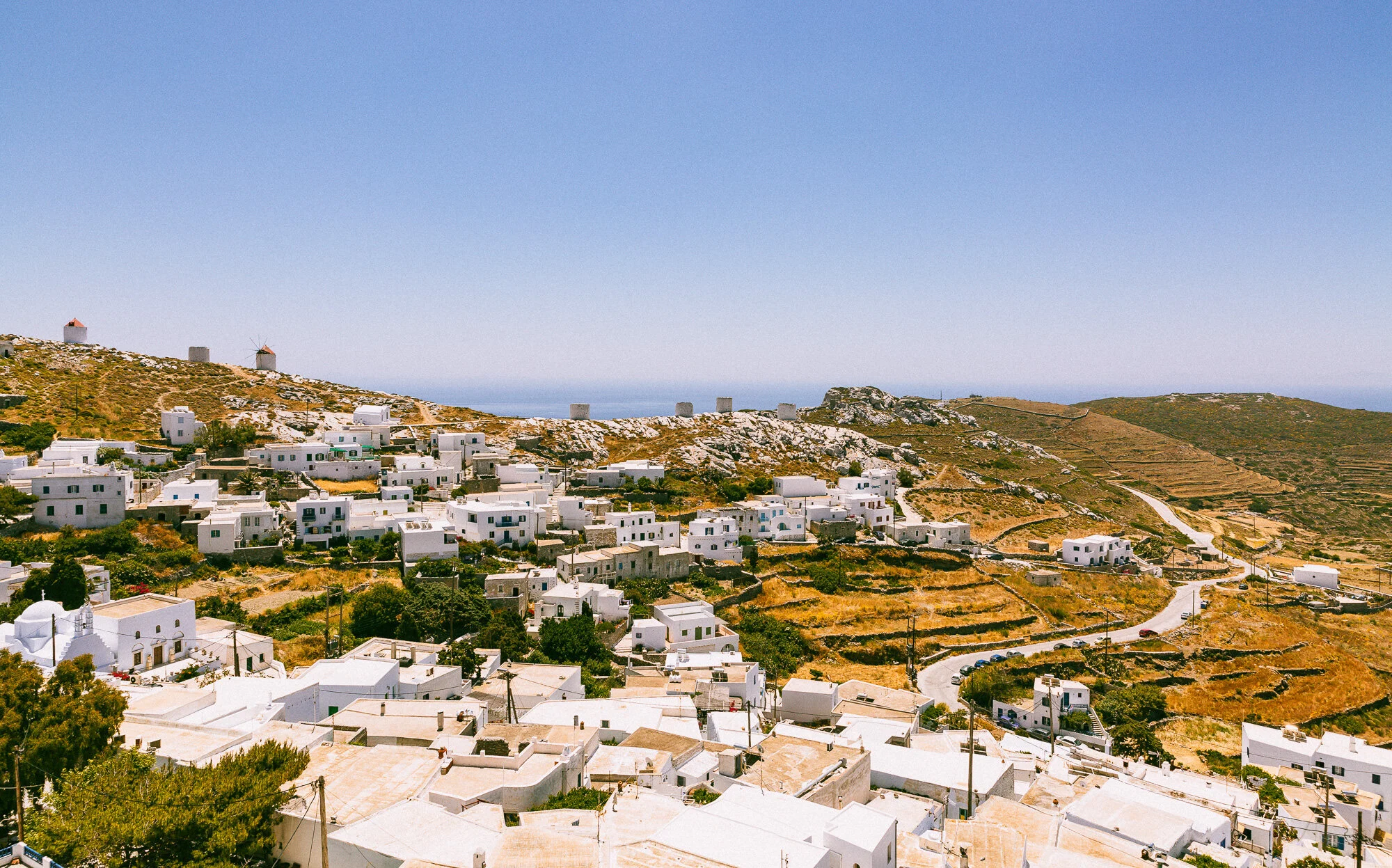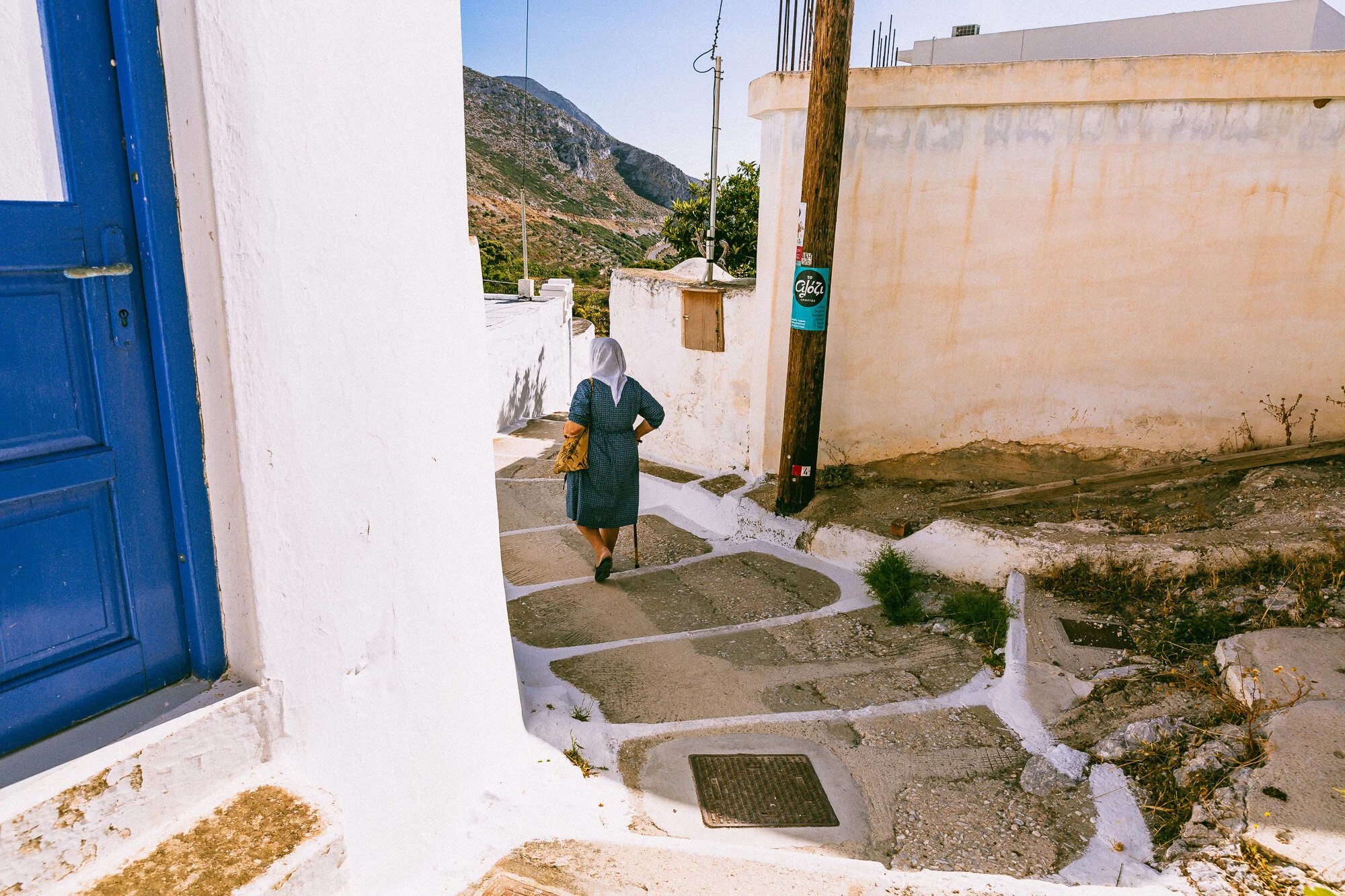Amorgos
Amorgos is the island where the discerning traveler goes to taste a laid-back atmosphere and, a sense of being miles from anywhere, that can't be beaten. Being so untouched, Amorgos has managed to remain unspoilt by the passage of time.
A melting pot of intellectuality, incorporating a rich heritage of food, natural beauties: jaw-dropping beaches, rugged landscape and elevation differences due to which the high summits often wreathed in purple clouds, Amorgos is an untamed Greek paradise in Cyclades. Luc’s Besson film, The Big Blue with Jean-Marc Barr, Rosanna Arquette, Jean Reno (Le Grand Bleu, 1988), was shot by chance in the cobalt waters off Amorgos. With a striking diversity of wild culinary herbs and medicinal plants (about 50 plant species some of them also endemic) Amorgos has nowadays become more famous than in the exquisite filming sequences of its past.
The best time to visit Amorgos is the beginning of summer when the island doesn’t bask in scorching hot temperatures and you have the chance to admire its ravishing coastlines, walk the trekking trails and rock-climbing on thelong ridge of its mountains and smell the blooming wild flora without the throngs of tourists in August.
Undeniably, taking a stroll through Chora, aka the delightful cliff-edged capital of Amorgos and considered to be one of the most beautiful settlement in the Cyclades, is a must-do upon your visit in this island. Nestled in-between its scenic alleys, you will find the Tower of Gavras, an impressive restored building of Venetian architecture, which houses the regional Archaeological Museum, the Lyceum of Amorgos, which served as one of the very first schools after the Greek revolution (1821), as well innumerous chapels, sophisticated shops, chill-out cafes traditional taverns.Perched on a cliff, at the highest point of Chora, is lying the castle of Amorgos (13th century).To add to the above, you can enjoyspectacular views, while having breakfast or even cocktailswith a Greek twist (mastic/honey/ginger-flavored) at one of the little stylish terraces also to be found in Chora.
Clinging on a sheer cliff the Monastery of Hozoviotissa, a balcony to the Aegean Sea, that offers dramatic coastline views, as well asthe Monastery of St. George Varsamitis - an ancient sacred springdedicated to Apollo, a road trip to the off-the-beaten tourist path southwest strip of the island, heading towards the pristine village of Kato Meria to enjoy an intact agricultural landscape, where also the movie-famous wreck of Olympia lays on a nearby beach, are just a few of the things to do in Amorgos. Swimming in the island's isolated beaches compensates any sea lovers and sun bathers. From the tiny pebbly cove of Agia Anna, and from there getting on a boat to the pier ofKalotaritissain order to visit the islet ofGramvousaorAgiosPavlos beach facing the island of Nikouria to dive in golden-sand remote shorelines.
Amorgos is also a trekking paradise, each of the well-marked trail on the island normally cross through a village and/or a point of interest(archaeological sites, churches, etc.), melting into the landscape. In the traditional kafeneiaand taverns you will hear Amorgianmantinades(folk songs) to the sound of violin and lute, and also get the chance to taste the so-called“patatato (honey-baked goat meat cooked in tomato sauce served with potatoes), “xidato” (a type of tripe soup with plenty vinegar), handmade pies and jams, local cheeses and the emblematic nougat of the island, “pasteli”, served on lemon-grassleaves. Baked raki, an edible souvenir, undoubtedly the culinary symbol of Amorgos, will accompany your meze, help you digest after a long summer dinner.
No matter if the public transit system is good enough, it would be good to rent a car/motorbike as the local buses don’t run to all the secluded beach that Amorgos has to offer (or even the buses operate sparsely). Regardinng routes from and to Aegiali and Katapola, the two main ports of Amorgos, there are buses that operate perfectly on time.
In Amorgos accommodation options are for tastes and sizes of wallets as there is a plethora of lodging in almost every single village of the island, namely Lagada, Tholaria, Aegiali, Potamos, Chora and Katapola, as well as there are few rooms-to-let in the hamlet of Kato Meria. Thus, you can choose between studios and rooms to let, five-star hotels, sophisticated stone guest-houses or the 3 camping sites on the island.















































